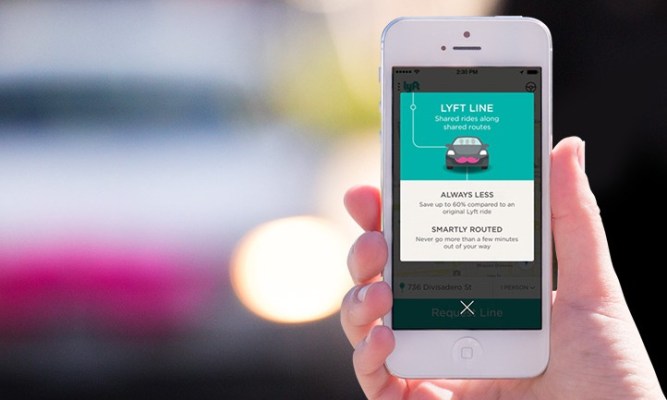Shared rides are becoming all the rage, with new transportation companies all offering their users a way to lower fares while splitting their commute with a stranger. One of the first services to focus on that capability was a startup called Hitch, which launched before Lyft Line, before UberPool and before Sidecar Shared Rides. The Hitch founders today will be joining one-time competitor Lyft in order to boost that company’s own shared ride offering.
Terms of the deal weren’t disclosed, but Hitch will be shutting down and its founders will be working to bring some of what they had built into the Lyft Line product. This isn’t the first talent acquisition Lyft has made to support its shared rides initiative. Earlier this year, the company brought on board the team behind Rover to help build the Lyft Line product.
Like the Rover guys, Hitch’s founders Snir Kodesh and Noam Szpiro got their start by building a San Francisco-based ride aggregation service called Corral Rides. The idea was that it would bring together access to services like Uber, Lyft, and SideCar, as well as public transportation times, all on a single app. But it didn’t take long before competing companies shut down access to their services.
So they went back to the drawing board and came up with Hitch. Using some of the data they collected while building Corral, they were able to implement with Hitch. However, the small team knew it would have difficulty in taking its route-matching technology and rolling it out in new cities.
“One thing we realized was that we would need to get to other markets very quickly,” Kodesh said in a phone interview. “We’re deeply passionate, but the operational intensity of doing that is really challenging and capital intensive.”
One of the other things Lyft has is a lot of users. Having a critical mass of passengers is necessary when trying to match up multiple users for a shared ride. Hitch co-founder Szpiro noted on the call that the more users its service had, the more likely passengers were to be matched up with others heading in the same direction.
“At the beginning, a lot of our rides were solo rides,” he said. “We got better at this over time, and at scale this works really well.”
